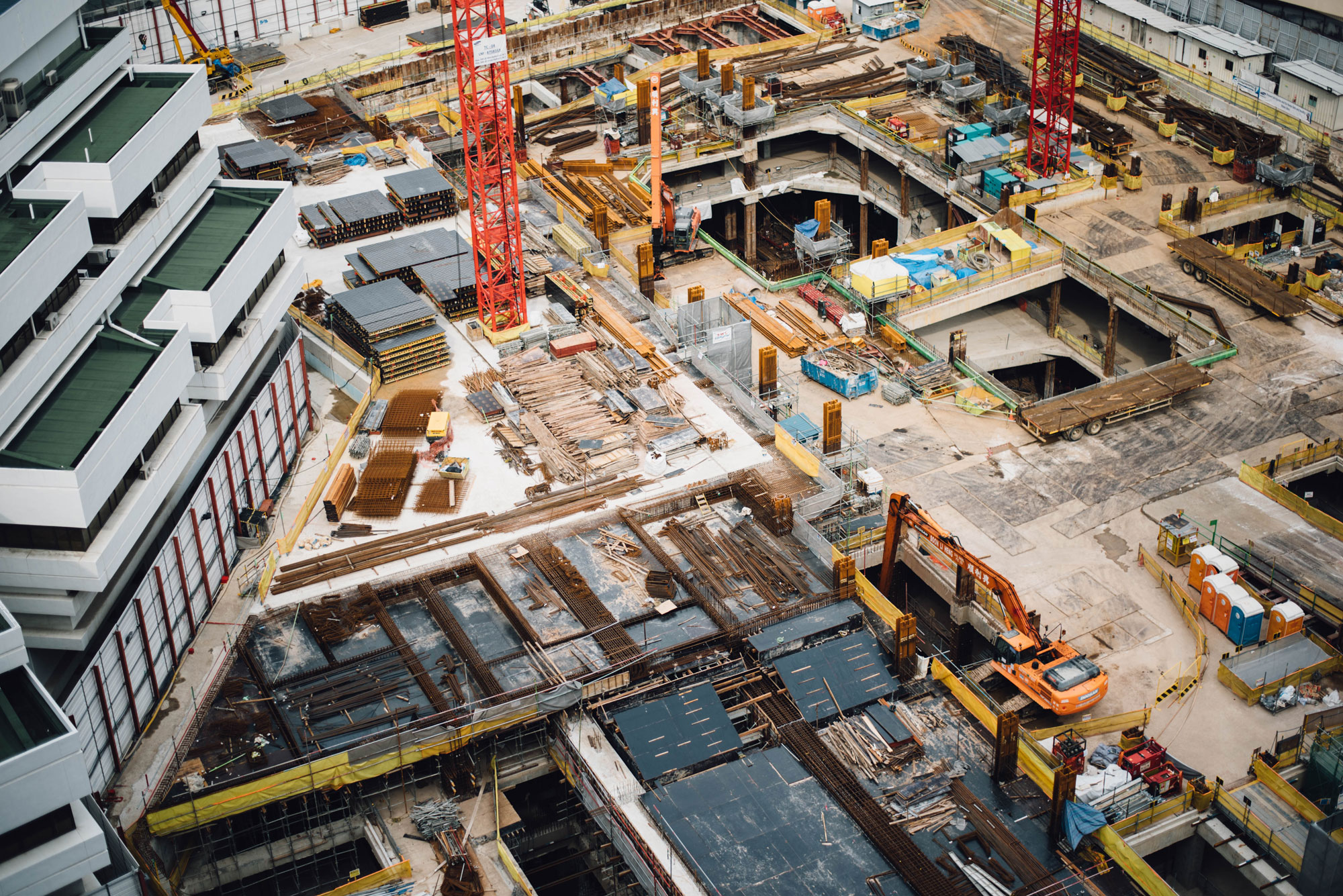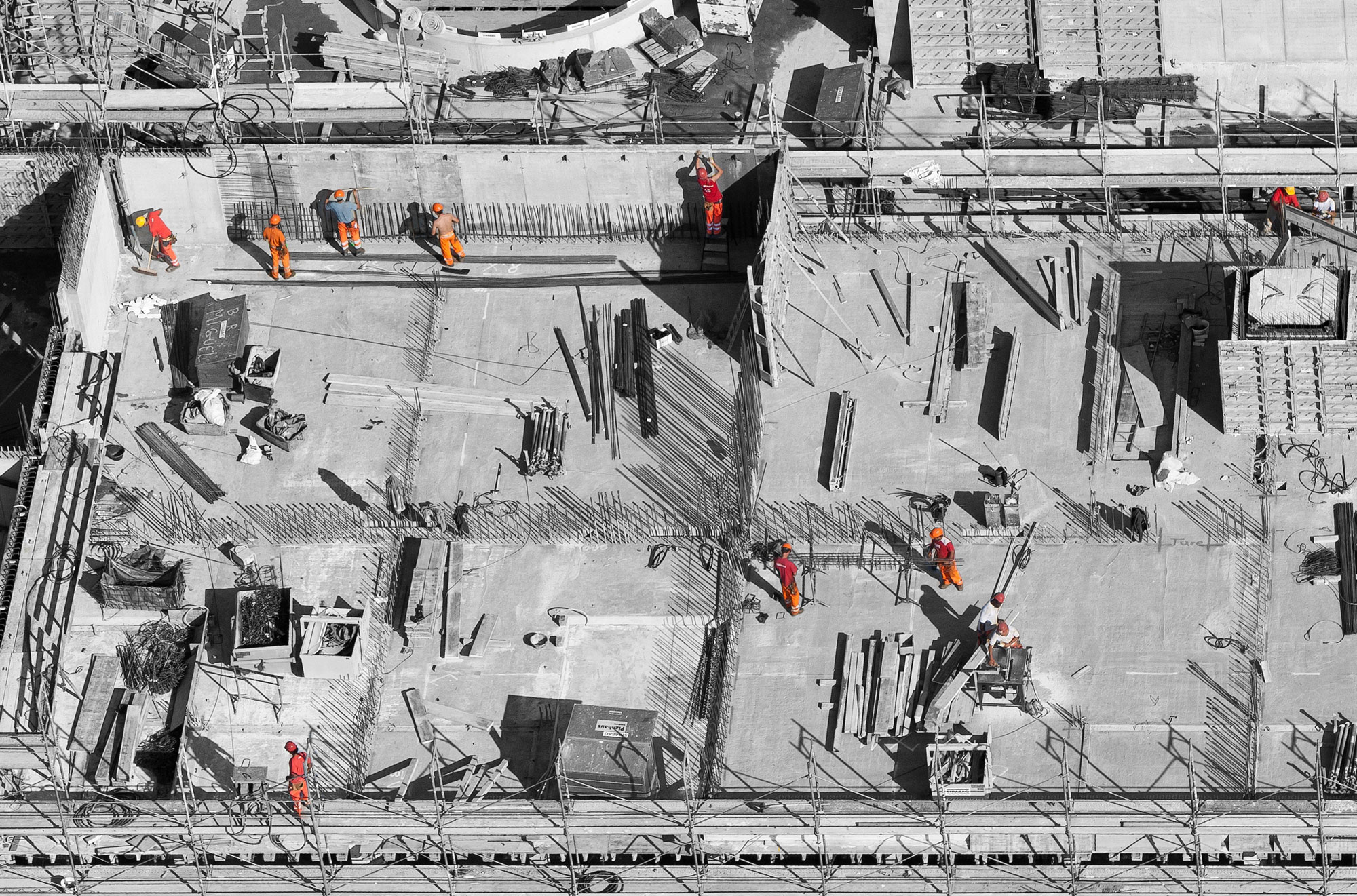CDM 2015: Designer Duties
As a designer your decisions can affect the health and safety of workers and others.
Those who will construct, maintain, repair, clean, refurbish and eventually demolish or remove the building or structure, as well as those who will use it as a completed workplace.
Taking risks arising from the design into account can positively affect the project and make it easier for these risks to be managed by contractors and those who will maintain or use the structure.
Your design forms an important part of delivering a project safely and without risks to health. Designers must:
- understand and be aware of significant risks that workers and users can be exposed to, and how these can arise from their design decisions
- have the right skills, knowledge, and experience, and be adequately resourced to address the health and safety issues likely to be involved in the design
- check that clients are aware of their duties
- co-operate with others who have responsibilities, in particular the principal designer
- take into account the general principles of prevention when carrying out their design work (which are set out in Annex D)
- provide information about the risks arising from their design
- co-ordinate their work with that of others in order to improve the way in which risks are managed and controlled.
The HSE and CITB have produced specific guidance which can be viewed below.





